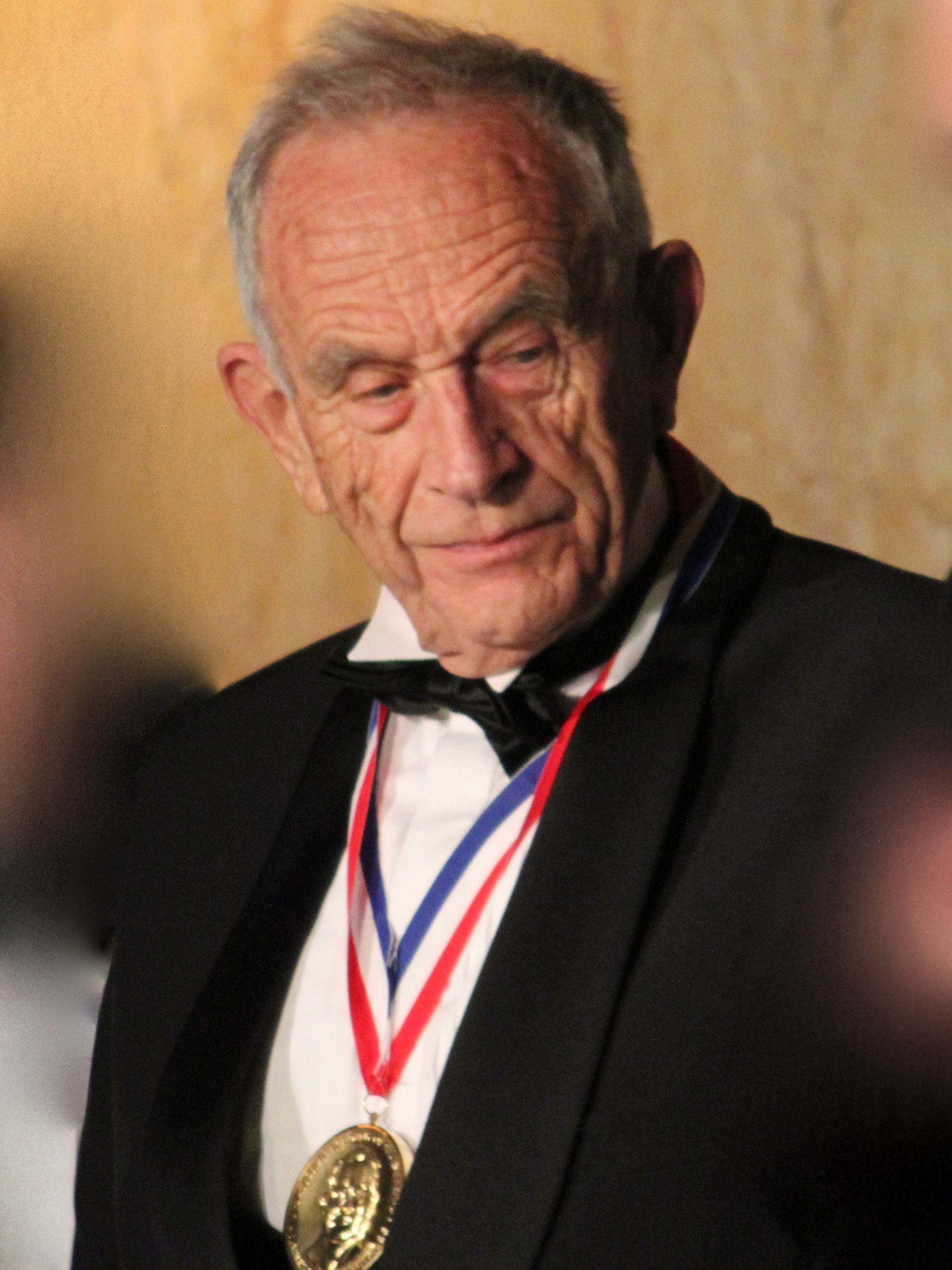Thomas Haug on:
[Wikipedia]
[Google]
[Amazon]
Dr. Thomas Haug (born 1927 in 
Norway
Norway, officially the Kingdom of Norway, is a Nordic country in Northern Europe, the mainland territory of which comprises the western and northernmost portion of the Scandinavian Peninsula. The remote Arctic island of Jan Mayen and th ...
) is an electrical engineer known for developing the cellular telephone networks.
Haug received a master's degree in Electrical Engineering from the Technical University of Norway in Trondheim in 1951, and a degree of Licentiate from KTH—corresponding to a PhD—from the Royal Institute of Technology in Stockholm in 1973.

Professional career
Haug worked at the Ericsson group in Stockholm and with Westinghouse in Baltimore, Maryland, USA, primarily on radio projects. In 1966 Haug joined the Swedish Board of Telecommunications where, together with Östen Mäkitalo and lead the joint Nordic project for cellular communications called theNordic Mobile Telephone
NMT (''Nordic Mobile Telephony'') is an automatic cellular phone system specified by Nordic telecommunications administrations ( PTTs) and opened for service on 1 October 1981. NMT is based on analogue technology (first generation or 1G) and ...
(NMT) system. NMT was an analog mobile phone system commercialized in 1980 in Saudi Arabia and throughout the Nordic countries through 1982, reaching 1 million subscribers in 1990. The NMT system enabled roaming among countries and lead the way to the common European System ( GSM). Thomas Haug chaired from 1981 to 1992 the steering committee of experts that standardized the GSM system, first at the CEPT and from 1988 at the ETSI
The European Telecommunications Standards Institute (ETSI) is an independent, not-for-profit, standardization organization in the field of information and communications. ETSI supports the development and testing of global technical standard ...
. Haug's personal contributions included introducing features such as SIM cards and SMS
Short Message/Messaging Service, commonly abbreviated as SMS, is a text messaging service component of most telephone, Internet and mobile device systems. It uses standardized communication protocols that let mobile devices exchange short text ...
messaging. Haug remained chair of the standards work through 1992 when GSM was introduced to the market. GSM and its progeny (UMTS
The Universal Mobile Telecommunications System (UMTS) is a third generation mobile cellular system for networks based on the GSM standard. Developed and maintained by the 3GPP (3rd Generation Partnership Project), UMTS is a component of the Int ...
and LTE) is the world's leading mobile air interface with networks operating in more than 220 countries.
He, along with Philippe Dupuis received the James Clerk Maxwell Medal in 2018. Prince William presented the award to them in Edinburgh for their contributions to the first digital mobile telephone standard.
Publications
Awards
Haug received, together with Mäkitalo, the Gold Medal of IVA (the Royal Swedish Academy of Engineering Sciences) in 1987. He further received the Philip Reiss Medal from the Federal German Ministry of Post and Telecommunications in 1993 and the Eduard Rhein Prize from the Eduard Rhein Foundation in 1997. *Charles Stark Draper Prize
The U.S. National Academy of Engineering annually awards the Draper Prize, which is given for the advancement of engineering and the education of the public about engineering. It is one of three prizes that constitute the "Nobel Prizes of Engine ...
2013 With Joel S. Engel, Martin Cooper, Yoshihisa Okumura
Dr. Yoshihisa Okumura (born 1926, in Isikawa Prefecture) is a Japanese engineer, known for development of cellular telephone networks.
His radio survey of signal strength as a function of distance as measured in drive tests in automobiles was cri ...
and Richard H. Frenkiel
{{DEFAULTSORT:Haug, Thomas
1927 births
Living people
Members of the United States National Academy of Engineering
Draper Prize winners